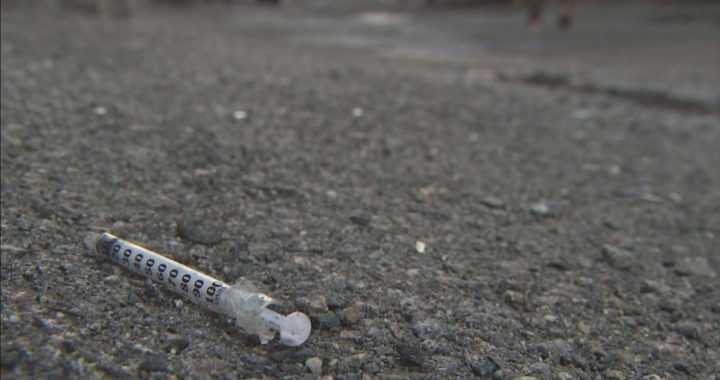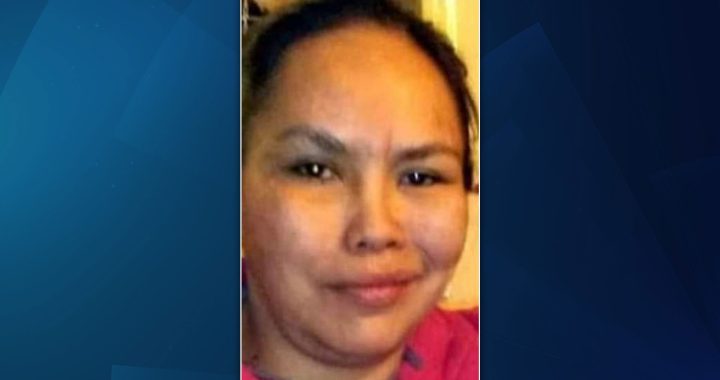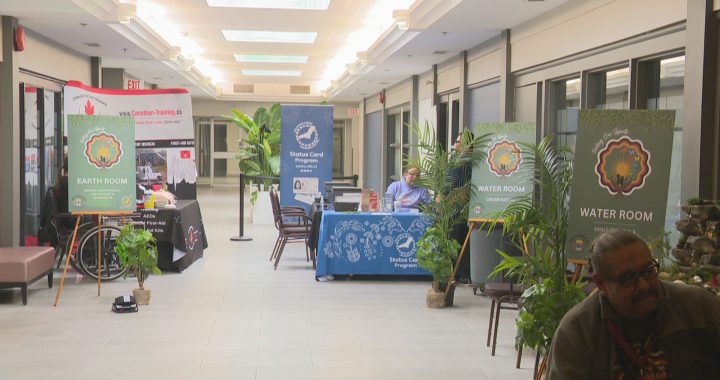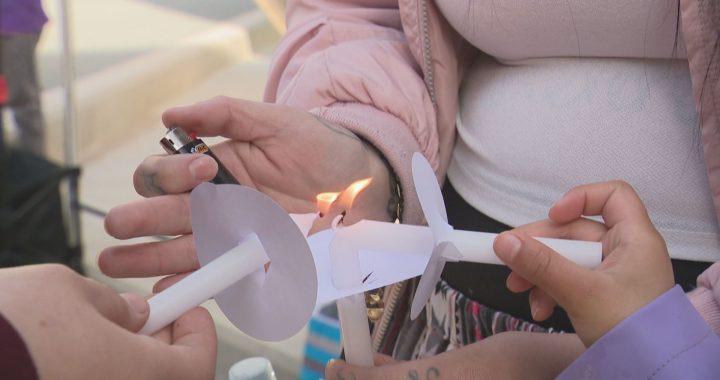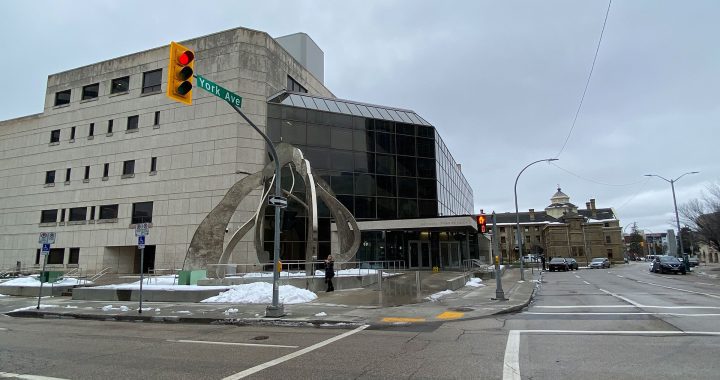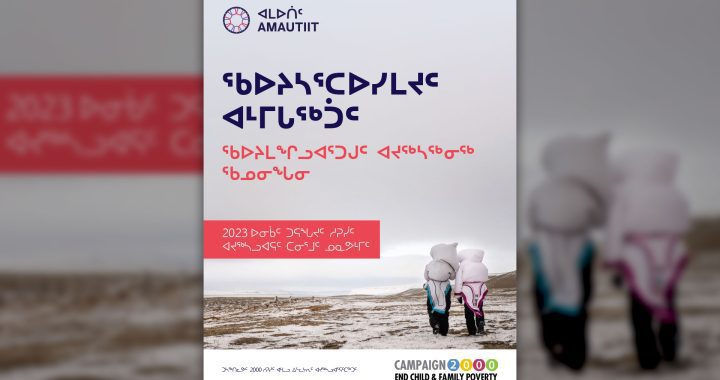Lockdowns and isolation have introduced new challenges in the fight against HIV on reserves in Saskatchewan.
That’s according to Dr. Ibrahim Khan, regional medical health officer for Saskatchewan Inuit Health and Indigenous services
“Access to treatment access to care overall has been decreased,” said Khan. “It’s hard for people to come out of their lockdown restricted travel access and that sort of thing.
“The testing number has gone down a little bit also people have increasingly harder time accessing services during and because of the COVID-19 lockdown.”
According to Khan, mobile services have been helping on-reserve clients.
“Communities now have access to mobile outreach nursing support. The teams they go to the communities and help with testing and contact tracing follow up and awareness campaign some of these people that are really, really hard to reach,” he said. “
Those people were getting those services right at their doorstep.”
The HIV rates are considered high on Saskatchewan First Nations, but the communities were getting things under control with the Know Your Status campaign.
Through the program treatment began immediately after being diagnosed.
The rates for HIV on Saskatchewan communities is currently at just over 30 per cent.
“The HIV rates have remained elevated in the past couple of years there was a little bit of downward trend but still to date based on the information we have for 2019 the diagnosis for HIV on reserve in Saskatchewan is 31.7 per cent,” said Khan.
Read More:
The Know Your Status campaign has expanded to over 50 First Nations in Saskatchewan.
The treatment target goal, as set by UNAIDS, is “90-90-90.”
By 2020, 90 per cent of all people living with HIV will know their status, 90 per cent will receive sustained antiretroviral therapy, and 90 per cent receiving that therapy will have viral suppression.
Both Big River First Nation and Ahtahkakoop Cree Nation have received international recognition for their work combatting the spread of HIV and AIDS.
“That our efforts to reach 90 90 90 in the communities by implementing the know your status programs have been internationally recognized those elements are there we lots of strengths,” said Khan.
“That 90 percent are diagnosed and 90 percent of people are in treatment and 80 percent are vitally supressed. It means if you have undetected virus in the blood it means you cannot transmit that to others that is certainly a big milestone.”
Once the pandemic is over-health workers will hopefully be able to offer the testing and treatment needed to keep bringing HIV rates on First Nations in Saskatchewan down.




